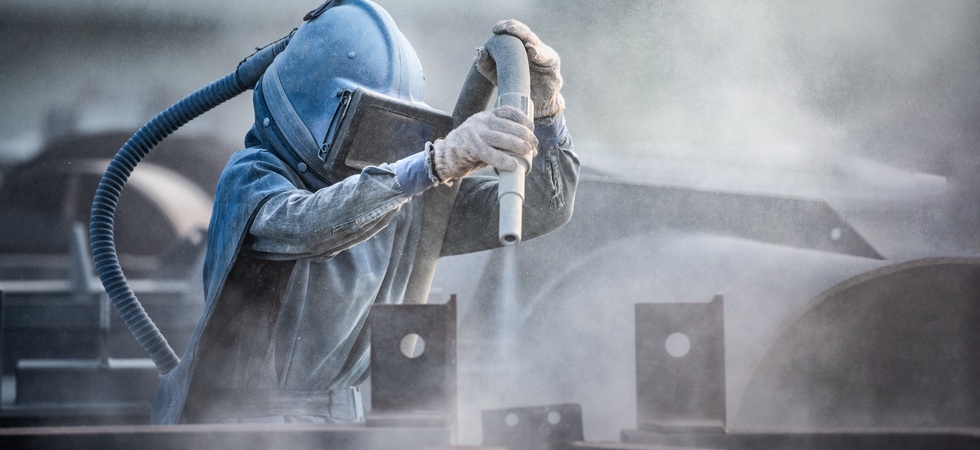Surface Preparation: How To Maximize Adhesive Bonding
Adhesive bonding creates strong, durable connections between materials, but the bond’s success depends entirely on the quality of the surface preparation. Preparing the surface properly enables the adhesive to make full contact with the substrate, creating a reliable and long-lasting bond. In this guide to surface preparation, we’ll show you how to maximize adhesive bonding with surface cleaning, mechanical abrasion, and adhesion enhancement.
The First Step: Surface Cleaning
Before applying any adhesive, you must clean the surface. Contaminants such as dust, oil, grease, and oxides can prevent the adhesive from properly wetting the surface, weakening the bond. There are several methods to achieve a clean surface.
Solvent wiping is a common technique where a solvent-soaked cloth dissolves on the surface and removes contaminants. For more thorough cleaning, especially for small or complex parts, ultrasonic cleaning is an effective option. This method uses high-frequency sound waves in a liquid bath to dislodge contaminants from the surface, reaching into tiny crevices that are otherwise inaccessible.
Creating the Right Texture: Mechanical Abrasion
After cleaning, mechanical abrasion can improve adhesion by roughening the surface. This increases the surface area available for bonding and removes any weak or loose layers.
Sanding is a straightforward method where workers or machines use sandpaper to abrade the surface. Grit blasting is a more aggressive technique that propels abrasive particles at high velocity against the surface. This process is highly effective for removing tough coatings and creating a uniform texture ideal for bonding.
Enhancing Adhesion: Chemical and Plasma Treatments
For certain materials, further surface preparation is necessary to maximize adhesive bonding. The method of Chemical etching applies an acid or alkaline solution to alter the surface chemistry, making it more receptive to adhesives. Priming is another special coating option to apply before the adhesive. This primer acts as an intermediary layer, improving the bond between the substrate and the adhesive.
Plasma surface treatment also plays a role in enhancing adhesion. Plasma surface treatment uses ionized gas to clean and activate the surface. This process is highly effective at removing organic contaminants and increasing surface energy without using harsh chemicals. It creates an exceptionally clean, reactive surface, resulting in superior bond strength.
Choosing Your Method
The best surface preparation technique depends on the materials you are bonding. For plastics, plasma treatment or priming helps bonding to overcome their low surface energy.
Metals may require grit blasting or chemical etching to remove oxide layers and create a durable bond. Selecting the right combination of cleaning and treatment is key to a successful, reliable adhesive bond.
Building a Stronger Bond
Achieving a strong adhesive bond is not just about choosing the right glue; it is about meticulous surface preparation. By taking the time to properly clean, abrade, and treat your surfaces, you ensure the adhesive can perform at its best. This foundational step is the most critical factor in creating connections that last.

